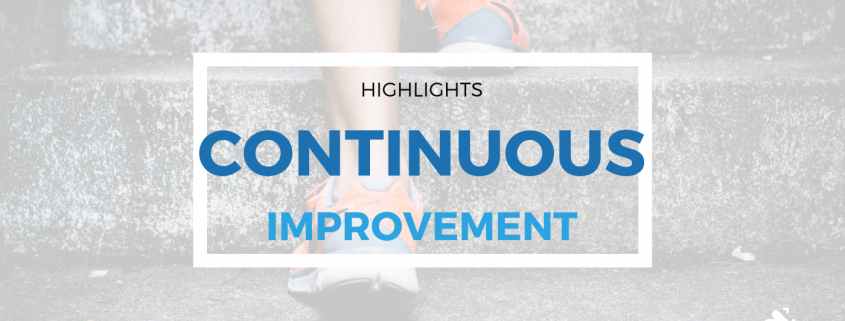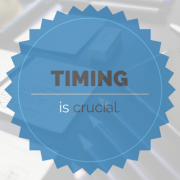5 simple steps towards business efficiency and continuous improvement
Step 1 | Are you looking within?
Don’t be afraid to ask your employees.
First and foremost, you need to take a closer look at your business’s current situation. Assessing the way you work will help you identify inefficient processes (currently) in your company.
Don’t be afraid to ask your employees. They will be the ones facing ineffectiveness every single day. Never underestimate the wealth of knowledge and ideas they have to share (about your own business!).
At the same time, be aware of what your competitors are up to. Overall knowledge of the market or industry you’re in can really help you understand your weaknesses and gauge what’s working well for them (potential opportunities for your own company) and what’s maybe not so hot.
—
Step 2 | How can you reduce some of your costs?
Time must be considered as a key factor in cost efficiency.
Reducing your costs doesn’t necessarily mean paying your employees less or scrimping on product quality. In fact, inefficiency costs money as well, AS WELL AS time! Time must be considered as a key factor in cost efficiency. For example, shaving five minutes off a process by making it easier or smoother will increase your performances and reduce your costs in the long-run.
—
Step 3 | How can you adjust your plan?
Incremental improvements are mostly inexpensive.
Think it out step-by-step. Don’t try to go (too) fast. One small change here and there, one at a time will lower your risk and increase momentum towards the improvement you’ve been planning for. Incremental improvements are mostly inexpensive and easily implemented, relative to large sweeping changes.
—
Step 4 | How do we measure and gather meaningful feedback?
Constant feedback is an important aspect of the continuous improvement.
As simple as it sounds, improvement means that something has been improved and worked on. You must be able to measure this improvement while using various measures, such as return on investment, employee satisfaction and engagement, customer satisfaction and so on.
Ultimately, constant feedback is an important aspect of the continuous improvement strategy. Keep in mind that an open communication channel during every phase of the process is critical to maintain engagement, at all levels of the company.
—
Step 5 | Rinse and repeat!
Once you’ve achieved and mapped your initial progress, already start to look for the next thing right away. It’s called “continuous improvement” for a reason: it never stops!
Source: 5 simple ways to build continuous improvement into your business, Operational efficiency, 6 Principles of the Continuous Improvement Model, 6 Ways to Make Your Business More Efficient.
Get continuously improving now!
Contact us for a free 2 hour consultation to discuss your strategy needs.

 Research by Design, 2019.
Research by Design, 2019. Research by Design, 2018.
Research by Design, 2018. Research by Design, 2018.
Research by Design, 2018. Research by Design, 2018.
Research by Design, 2018. Research by Design, 2019.
Research by Design, 2019. Research by Design, 2018.
Research by Design, 2018. Research by Design, 2018.
Research by Design, 2018. Research by Design, 2018.
Research by Design, 2018. Research by Design, 2019.
Research by Design, 2019. Research by Design, 2019.
Research by Design, 2019. Research by Design, 2019.
Research by Design, 2019.
Leave a Reply
Want to join the discussion?Feel free to contribute!